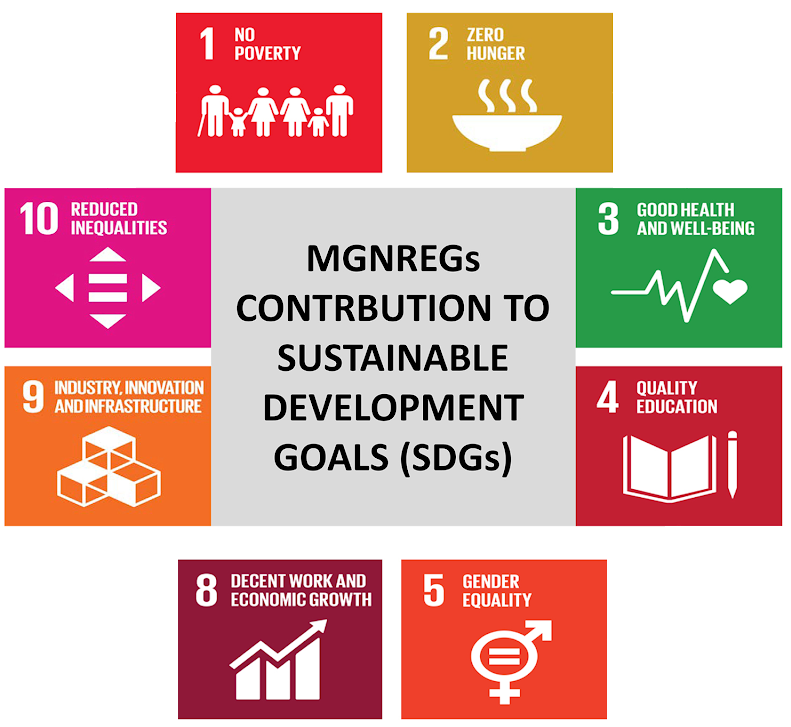If farmers are provided with irrigation and marketing facilities, their income and employment will increase in the following ways:
- Higher Crop Yield – Irrigation ensures water availability, leading to better crop growth and increased production. Example: In Punjab, irrigation helped boost wheat and rice production.
- Multiple Crops – Farmers can grow more than one crop in a year, increasing income. Example: In Tamil Nadu, farmers grow paddy thrice a year due to irrigation.
- Better Prices – Marketing facilities help farmers sell directly to buyers, reducing middlemen and ensuring fair prices. Example: E-NAM (National Agriculture Market) helps farmers get better rates for their produce.
- Employment Growth – More farming activities mean more jobs for laborers, transporters, and traders. Example: In states like Maharashtra, improved marketing of fruits like mangoes and grapes has created jobs in packaging and export.
- Reduced Losses – Proper storage and transport facilities prevent wastage and increase profits. Example: Cold storage for potatoes in Uttar Pradesh helps farmers earn more.
Thus, irrigation and marketing support lead to higher income, more jobs, and rural economic growth
Farmers Sources of Income

FAQs
→ Irrigation ensures a steady water supply, allowing farmers to grow more crops throughout the year, leading to higher production and profits.
→ Modern irrigation methods like drip and sprinkler irrigation help save water, increase efficiency, and improve crop yield.
→ With improved marketing facilities, farmers can sell directly to consumers or large buyers, reducing middlemen and getting better prices for their produce.
→ More irrigation means higher crop production, which leads to increased demand for labor in farming, harvesting, packaging, and transportation.
→ The government provides subsidies for irrigation systems and promotes schemes like E-NAM (National Agriculture Market) to help farmers get better market access.



